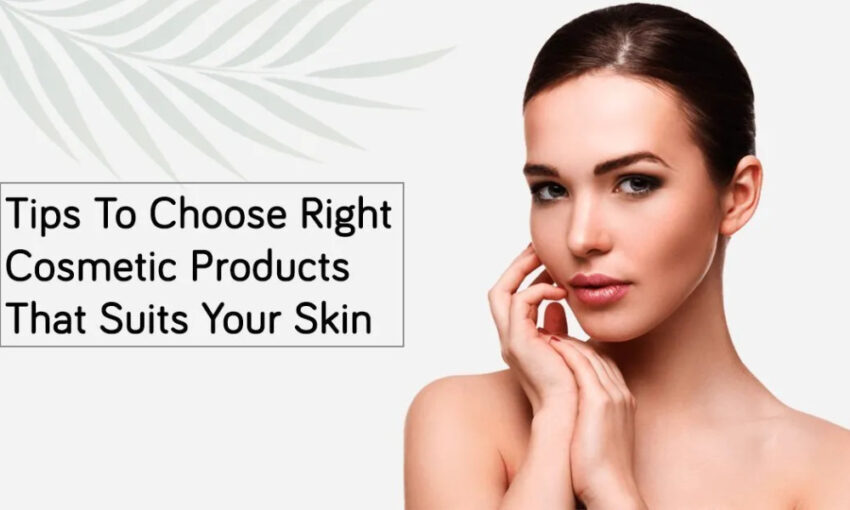The main problem that we can find when we go to buy a cream for our skin is the number of cosmetic brands that exist in the market. And it is that before such a showcase it is difficult to know which one to choose, although the vast majority of times we are guided by recommendations or by the recognition of the brand itself.
We always recommend natural cosmetics. Currently, the trend of natural and ecological products at a general level is favoring the choice of cosmetic brands of this type. These products are much more beneficial for our skin, since they are formulated based on natural ingredients, and their active ingredients penetrate deep into the skin. Therefore, the results obtained with this wholesale cosmetics are prolonged over time and more effective, unlike any traditional cosmetic brand.
Our great pride, the brand that we promote and recommend to people who visit us, is wordmakeup, a wide range of natural cosmetics, with different product lines that adapt to different skin types. Its results are completely effective, our clients guarantee us.
Learn to read the label, the most important part when we buy cosmetics
When we choose a cosmetic product, we should not only look at its components, but also the order they occupy on the label. Why? It happens that the further to the end of the list the ingredient is positioned, the less quantity of it will be found in the cosmetic. If a cosmetic is advertised as collagen moisturizing/anti-wrinkle, it should be in the top 5 ingredients to be effective, otherwise it won’t be.
This is so, it works this way, as it is established by the INCI code. These regulations present in the production of cosmetics work as great aids for consumers, the only thing necessary is to know them and apply them.
Toxic ingredients in cosmetics: what should we avoid?
What are those dangerous ingredients for our skin health that we should avoid? Next, we leave a list of some of the toxic substances that should not be present in the cosmetics that we buy.
Parabens
Among the toxic and dangerous ingredients used in cosmetic and hygiene products are parabens, chemical compounds with bactericidal and fungicidal properties, used to extend the life of the product and prevent it from being attacked by bacteria and microorganisms. The problem with almost all additives is that they are part of 99% of the products we consume on a daily basis, so they accumulate in our body at a higher rate than our body is capable of assimilating.
Mineral oils
Mineral oils (paraffinum, paraffinum liquidum, mineral oil, etc.) are compounds widely used in traditional cosmetics to moisturize the skin. They are direct derivatives of petroleum, very stable, easy to extract and very cheap. They offer a fine and silky texture and when applied to the skin, they leave it soft and with a “feeling” of high hydration. And the worst thing is that these mineral oils do not moisturize at all. What they cause is the creation of an oil film that clogs the pores, preventing the skin from perspiring, and its subsequent dehydration.
Artificial Colors
They are substances that are used to give the desired color to creams, shower gels, makeup, dyes, etc. Many of them have been shown to be highly carcinogenic and to alter DNA molecules. Their names include the syllables -anilin- or -anilid- (for example, acetanilid).
Formaldehyde
It is one of the most widely used preservatives because it is a powerful antifungal. Exposure to them can cause joint pain, headaches or chest pain as well as allergy, irritation and premature aging of the skin. Its use is prohibited in cosmetics, but since it is a very cheap and effective preservative, the industry has managed to create substances that cannot directly be considered formaldehyde but that do release it.
Alcohol
Alcohol is a good preservative: it is antiseptic. An antiseptic is a product that prevents infection and keeps the area purified. However, alcohol dries and dehydrates the skin.
Lanolins
Lanolin is known as wool wax or wool fat, as it is the yellow fatty substance found in woolly animals. In fact, it is the substance secreted by the sebaceous glands of woolly animals and which becomes a very useful and recommended cream for many cosmetics.
Isopropyl myristate
It is a low-viscosity fatty acid ester that is used in cosmetics to moisturize the skin or to facilitate the penetration of drugs. Many moisturizers use a combination of Vaseline and Isopropyl Myristate, as Vaseline is not easily absorbed into the skin, while Isopropyl Myristate is. When these two substances are combined, the products can be absorbed too deeply into the skin, causing clogged pores, and the skin’s own dehydration.
Dimethicone (PDMS)
Dimethicone is one of the most used silicones in cosmetics, and as such it is a polymer that is obtained by chemical means through silicon. The film that it forms on the skin isolates and protects it, but at the same time it blocks the pores, making it more difficult to eliminate dead cells or impurities through sweat or sebum. This, in turn, encourages the pores to open up and block the natural functioning of the skin.
Sodium Laurisulfate
Sodium laurisulfate, or SLS, a common ingredient in personal hygiene products. It is an additive that allows cleaning products to foam. According to the Environment Working Group’s (EWG) Skin Deep Cosmetics Safety Database, SLS is a “moderate hazard” that has been linked to cancer, neurotoxicity, organ toxicity, skin irritation, and endocrine disorder. The best example of our pure product you can see “laura mercier translucent loose setting powder”

